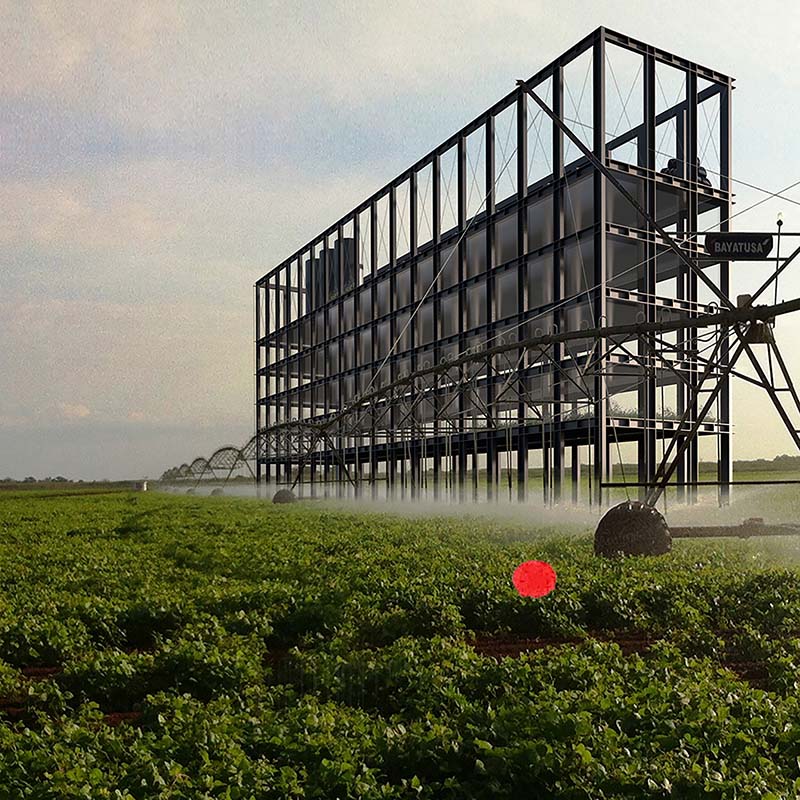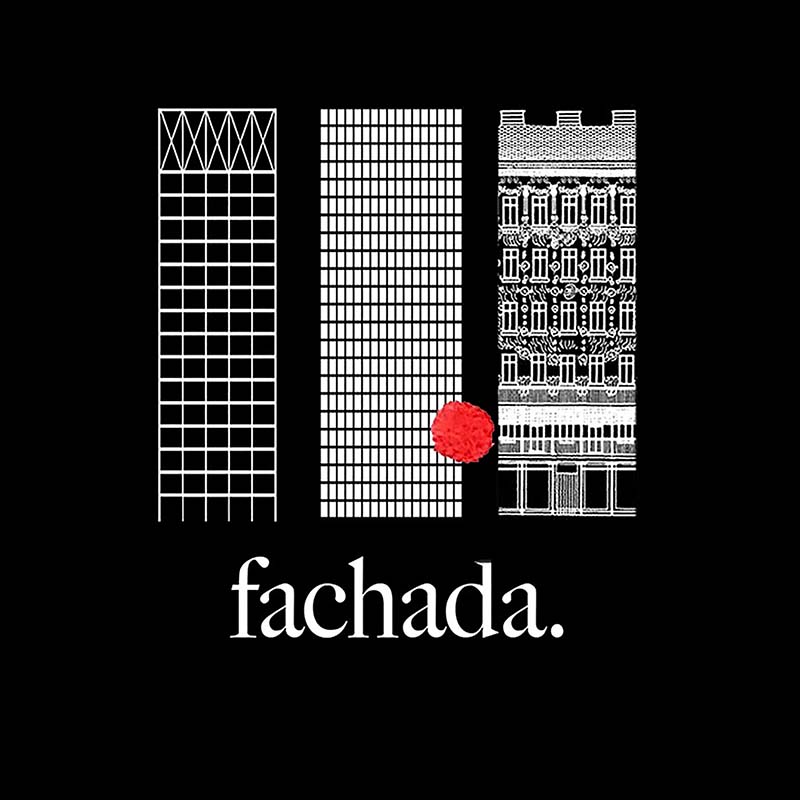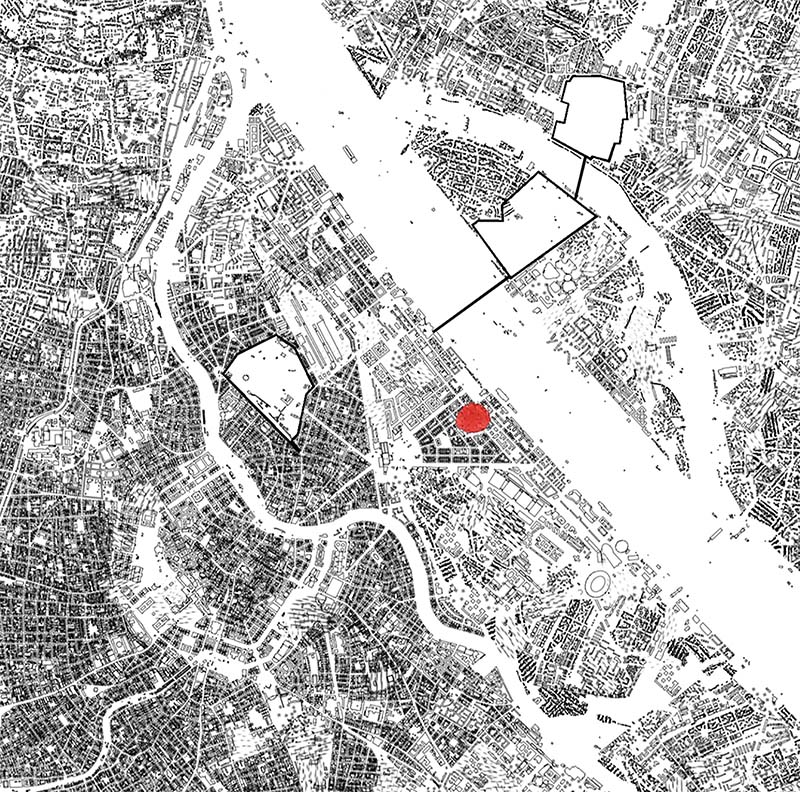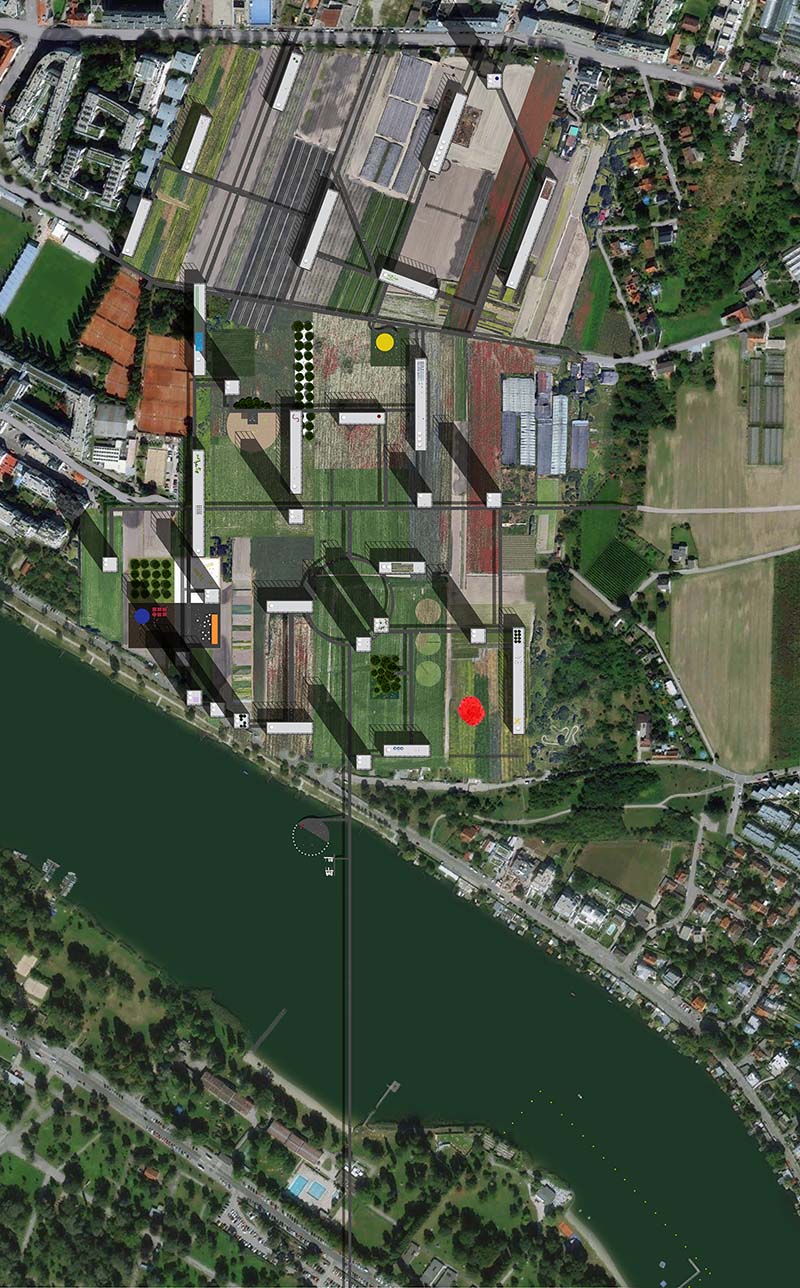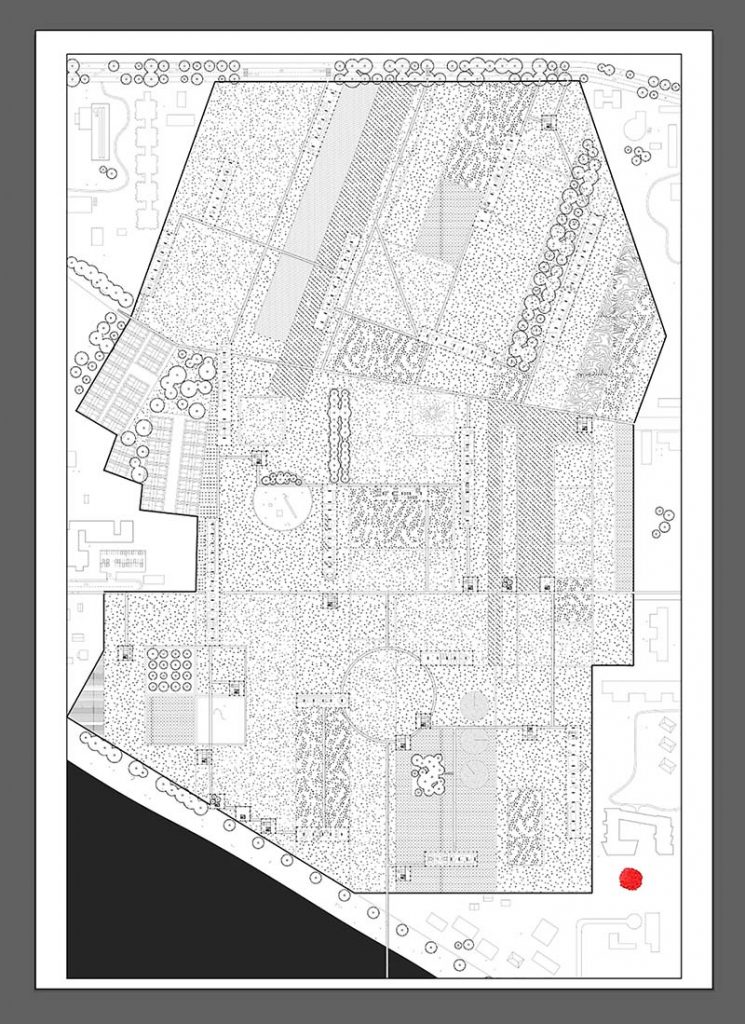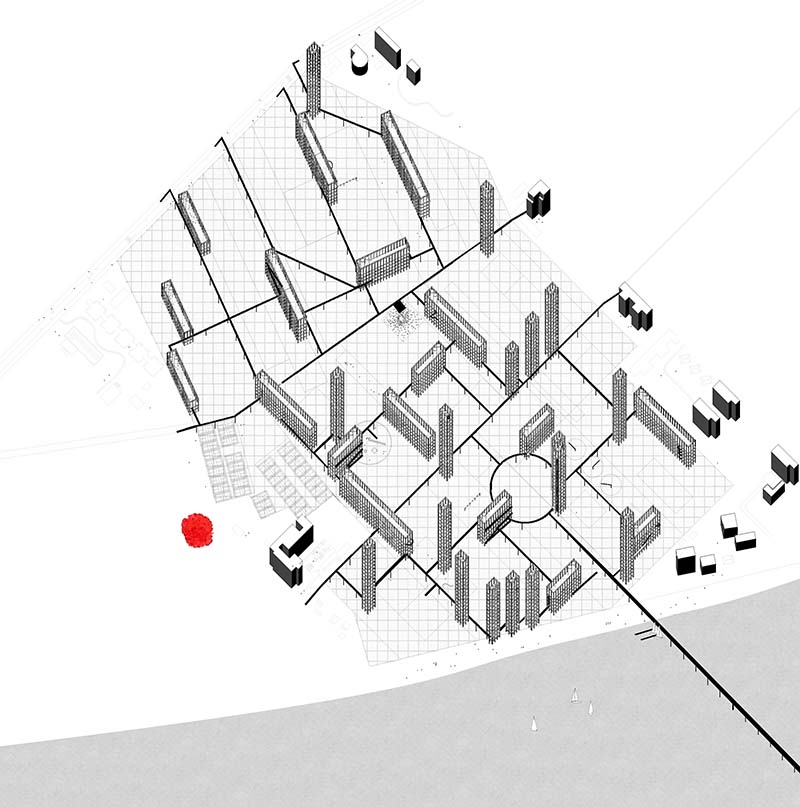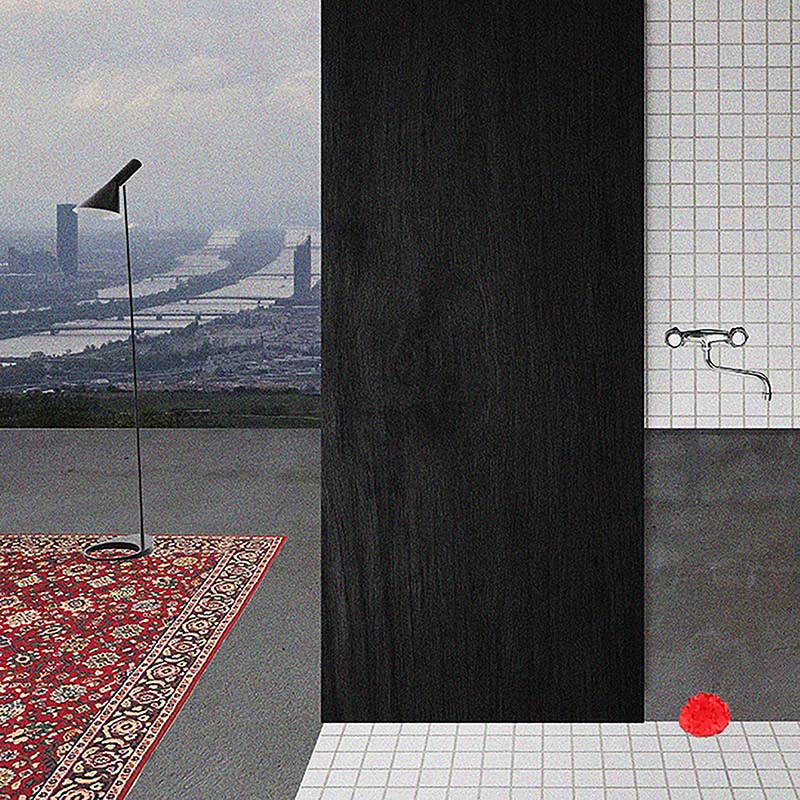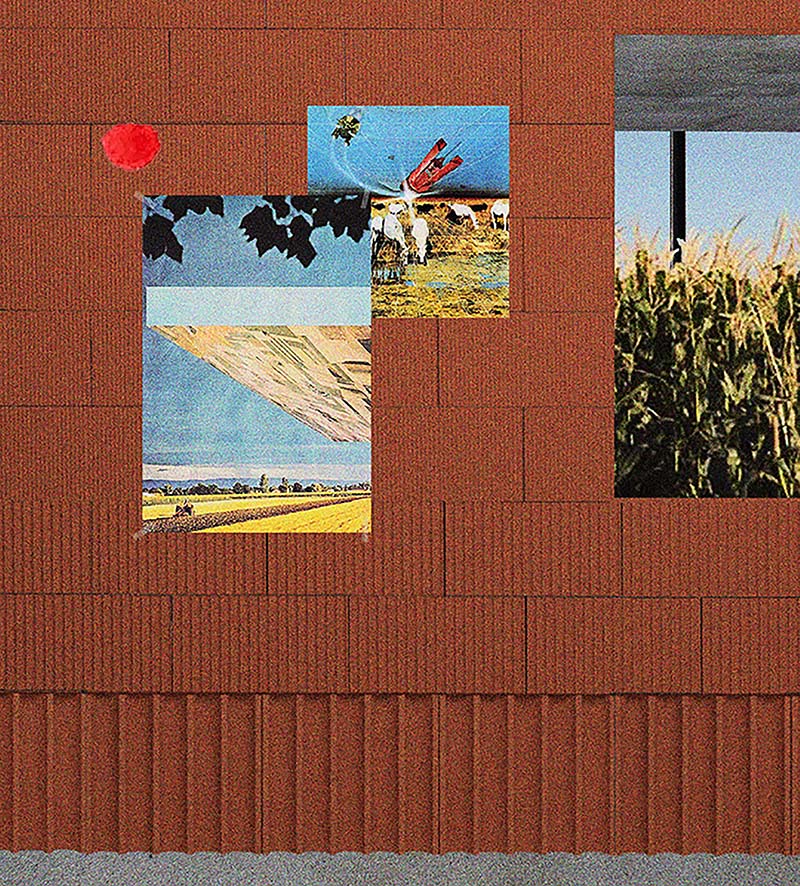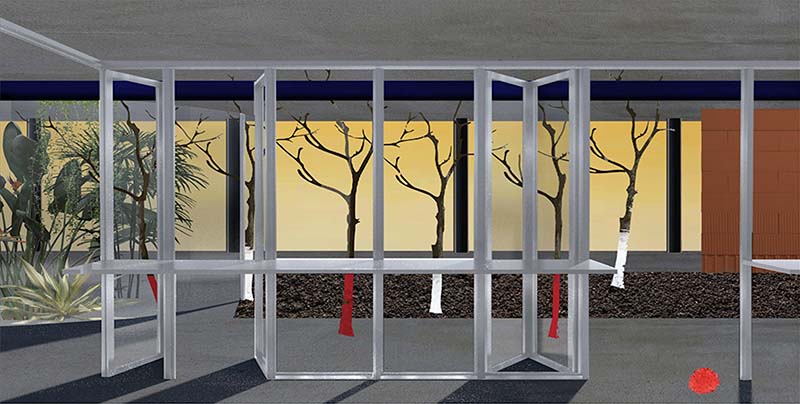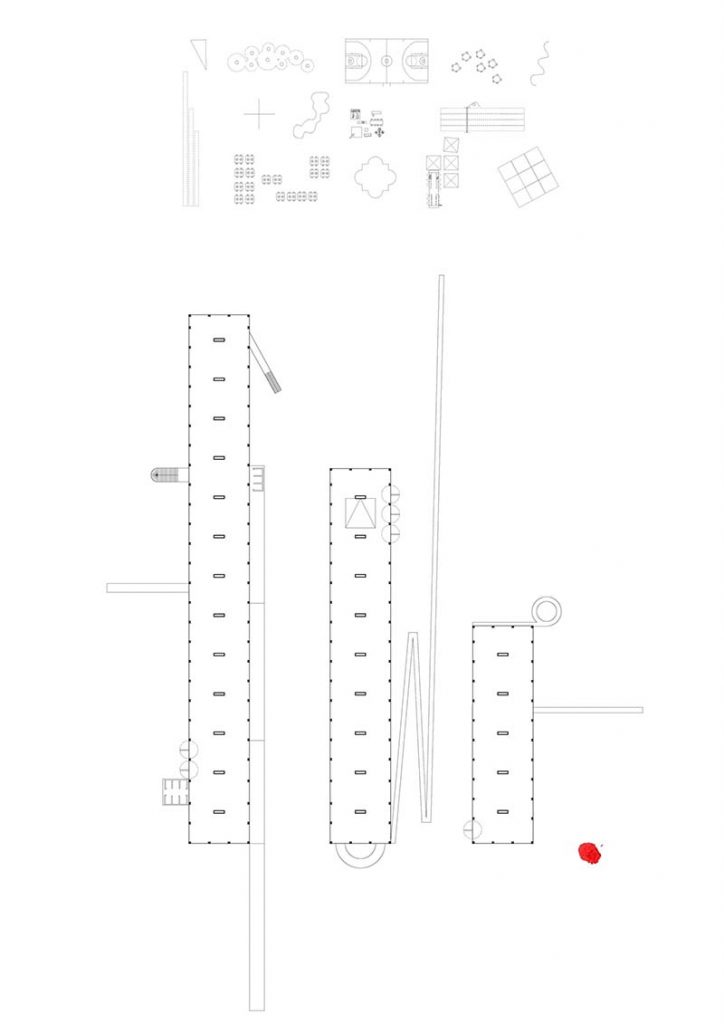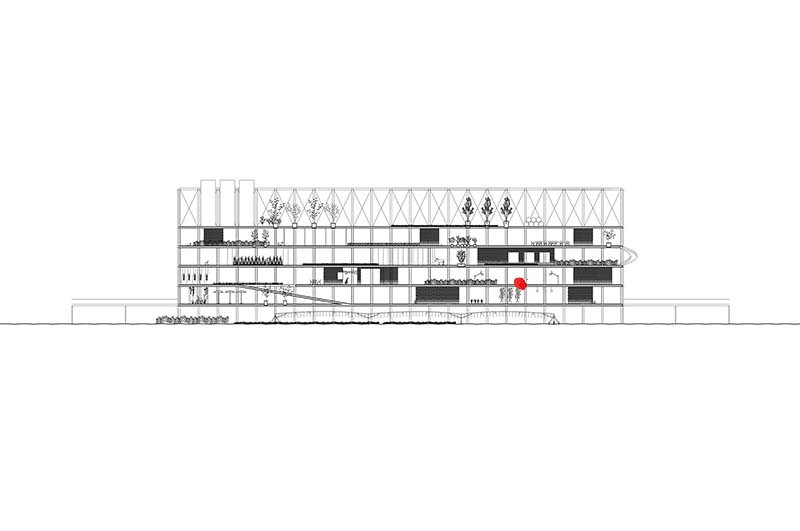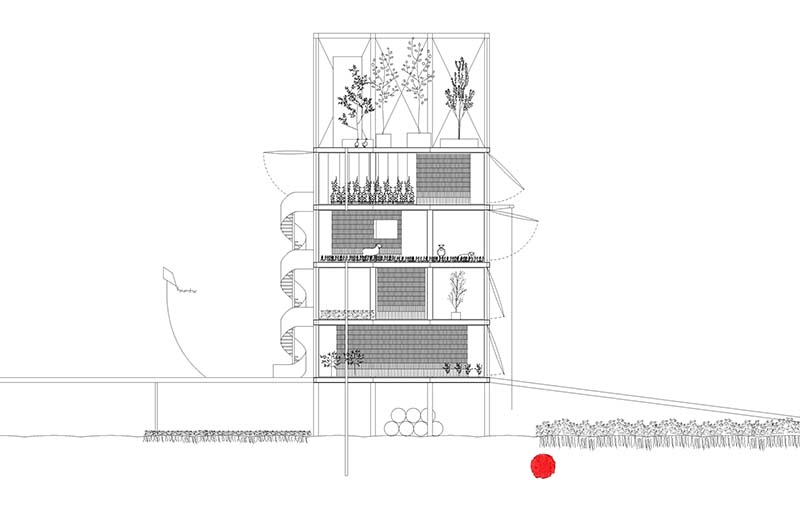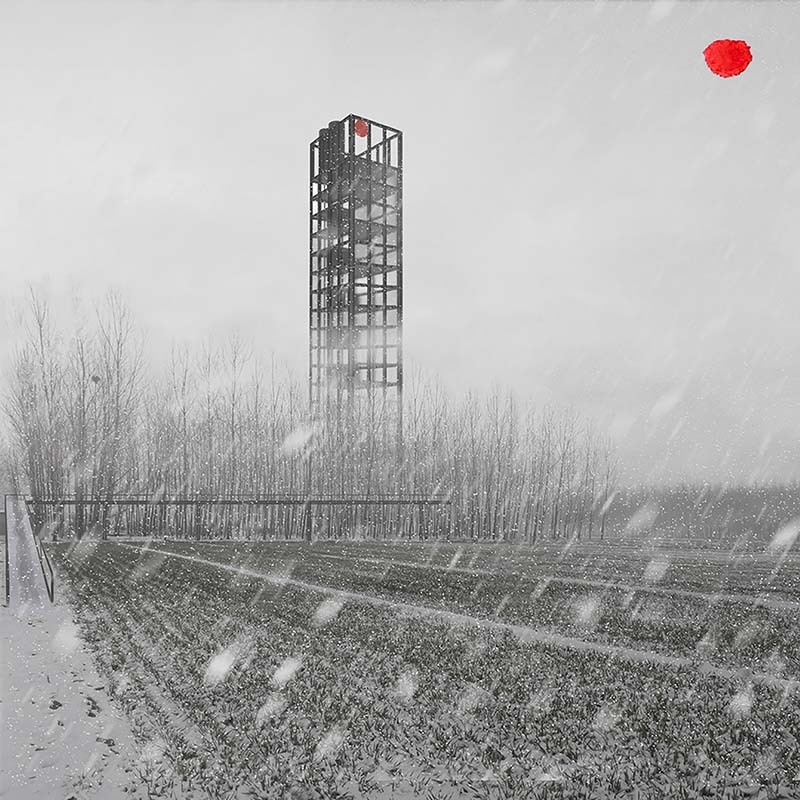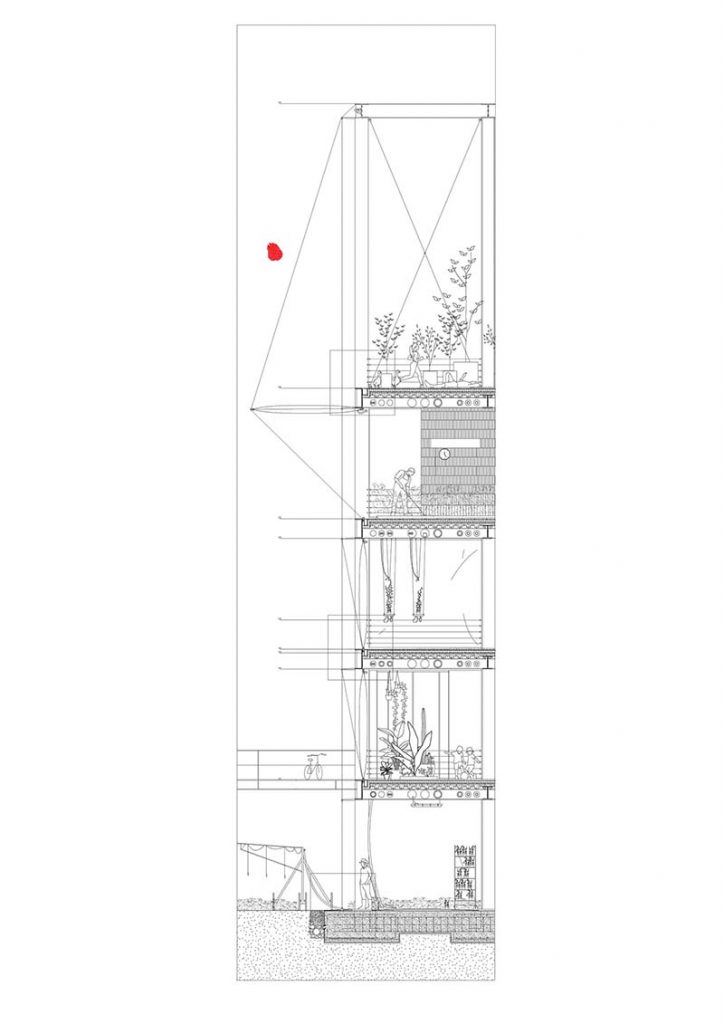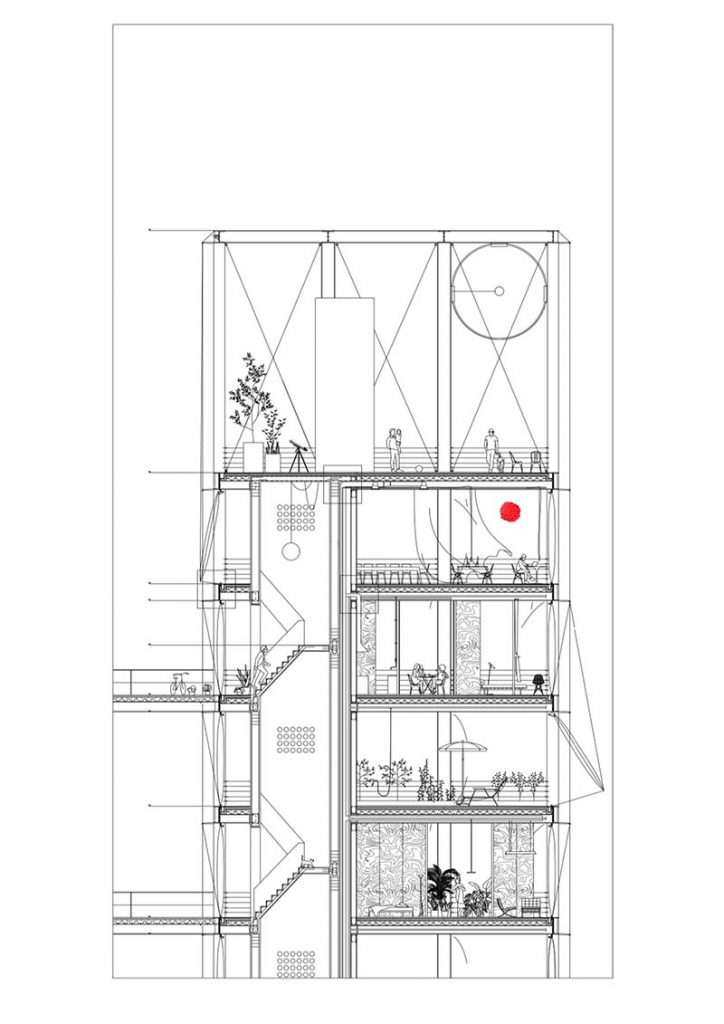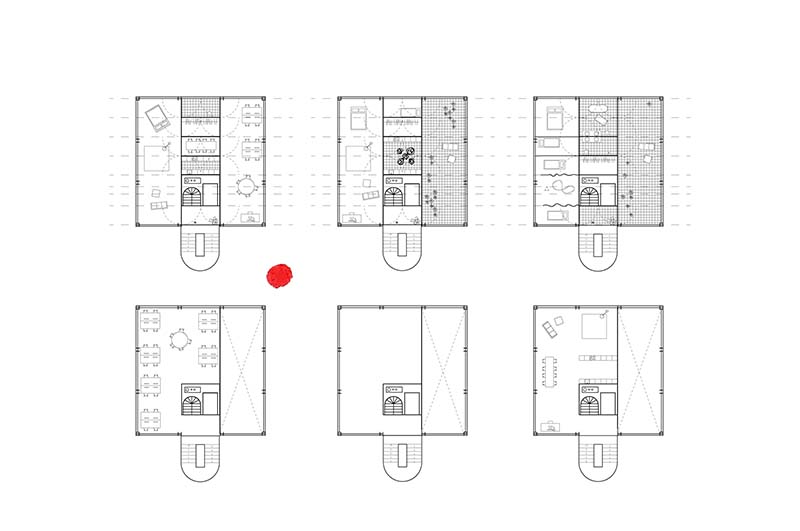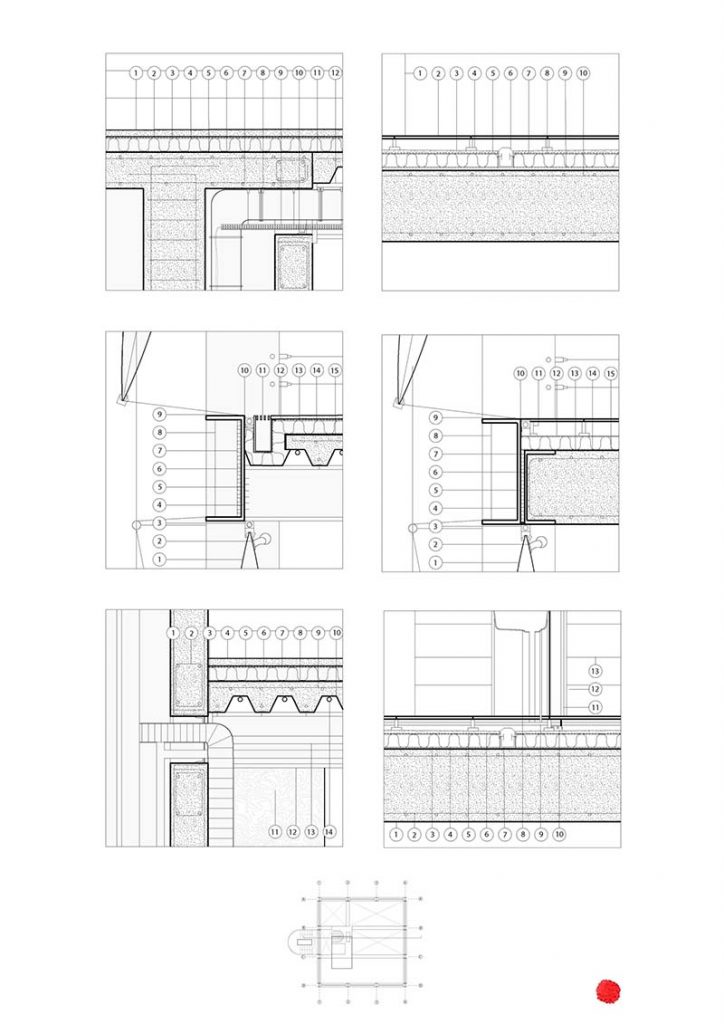Whereas we deplete space, control over the land regains importance in the foundation of our contemporary social structure. Totally divided and individualized, the soil and its use are freezed, lacking any possibility of the radical change needed. This theoretical project acts as a manifesto. It arouses, through the creation of new grounds, the question of the land, its spatial occupancy and its politics in a broader sense.
The very first notion this project highlights is the one of parcelization in an attempt to question it. Fields appear as an urban state of exception. The consumerist saturation of the rest of the territory leads to wanting to conquer it. Fields and their limits are the source of property : land belongs to whom tills it.
The project takes place as a demonstration in the city center of Vienna, where two urban models are opposed : the old Vienna, excluding nature and industry. Continuous facades. And the Central Business District : soulless, anonymous and secret facades. Mono-functionality and opacity.
Donnaufeld’s agricultural fields appear as a state of exception; an enclave to protect from saturation. Extending the central axis of Vienna, it blurs towards the periphery « from rural to urban ».
In his eponymous book, Henri Lefebvre advocates for a ” right to the city” that has led urban models into crisis. In order for the city not to collapse, this right must be understood in a new way.
A farmer, a tourist, a suburban, a citizen, has the right to a complex, variable, dynamic city.
In between rural and urban models, this project suggests a third form of urbanism. Situated over agricultural fields, all city programs are contained in buildings that do not touch the ground.
They are related by footbridges for agricultural capacity, land area and site specificity to remain intact. The ground surface is multiplied and left totally free. The buildings take the form of bars or towers. They act as new floors.
The fixed metal structure provides large free trays. Different functions come to occupy them throughout the seasons, the needs… A total indistinction appears between them. Their relationship is contiguous and changing. It is based on visibility and immediacy. Nothing is hidden and the value of every activity can be recognized. Visual signs of property disappear, resources are shared creating the possibility of a community.
All spaces are public until proven otherwise: use, usufruct, possession, domain … The classic and antagonistic models of land regulation, main capitalist and communist methods are diverted. The metallic construction system allows the construction of ephemeral architectures as a collective practice of appropriation. They are made of a finished thus manageable material, thermoclay blocks : a raw material. The three brick sizes are a true architectural order like the stiffening brackets that form a rhythm of triplets on the facade.
Bars act as climate controlled free trays. They host functions in direct and changing immediacy as needs arise. The complementarity and visibility between functions of all types of habitat and production are the basis of their organization. Living structures with different levels of privacy, sharing, and temporality appear (single-person, single-family, shared (between students, tourists, families), ephemeral and temporary). They serve and put together productive activities (agricultural, tertiary, manufactured …). This creates a field of intersections and unprecedented relationships between functions, temporalities and spatial occupation.
Towers are serial signs. Their vertical rhythm is created by the succession of nuclei. Each nuclei functions as a large server cabinet that separates or joins equivalent spaces. These relationships modify their qualities and relate habitat functions and models: shared, home-office, productive… Both separating and uniting, they allow each unit to be independent or to fluctuate in terms of relations with others. Two opposite activities can cohabit and share. Climate, functions or privacy can thus be different between the three and the combinations are infinite.
The subdivision, base of the two antagonistic models of the city, is excluded. The city is transformed into a process and as a consequence the facades, elements of sedimentation and exclusion disappear. A new economy appears through the negotiation of these new grounds. The best characteristics of both urban and rural models meet and blur here.

